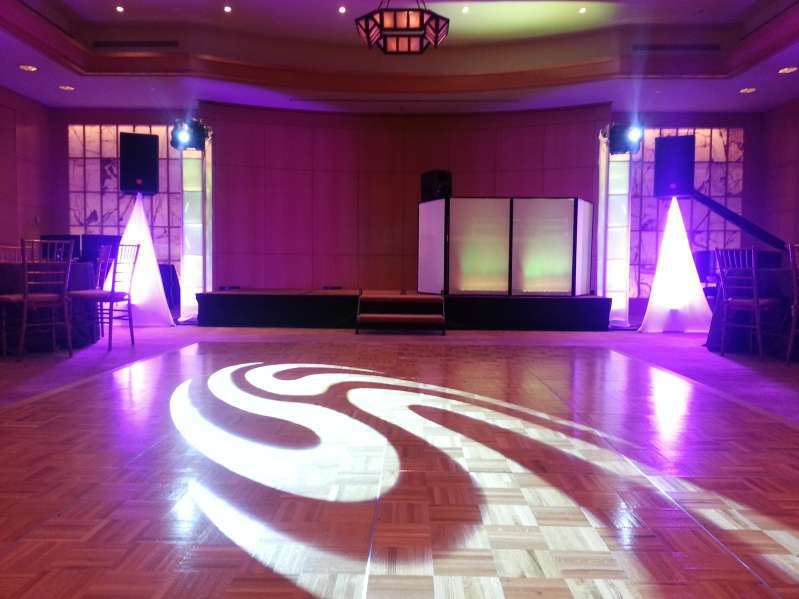A Life-changing Strength for Illumination in Improving Movement Surface Beauty
Wiki Article
Lighting plays a key role in shaping the atmosphere of a dance floor. It can transform a simple space into an dynamic environment that boosts the complete encounter for dancers and audience alike. The right lighting can impact the feeling, dynamism, and even the style of the performance being performed. By using multiple types of lighting, such as spotlights, colored illumination, and flashing lights, event planners can create a vibrant setting that engages the spectators and promotes involvement.

One of the main functions of lighting on a dance floor is to showcase the dancers. Focused lights can be used to direct attention on solo dancers or teams, making them the focal point of attention. This method not only displays their actions but also adds a dimension of theatricality to the show. When dancers are lit properly, their expressions and skills become more apparent, allowing the spectators to value their abilities. This targeted lighting can also help to establish a narrative, guiding the audience through the performance.
In addition to highlighting performers, colored lights can significantly impact the mood of the dance floor. Different colors evoke different feelings; for instance, warm colors like crimson and amber can generate a sense of enthusiasm and vitality, while cooler colors like blue and green can promote calmness and relaxation. see it here By thoughtfully using colored illumination, organizers can control the environment to align with the concept of the occasion or the style of the dance. This considerate approach to lighting setup can improve the complete experience for everyone involved.
Strobe lights and other dynamic lighting features can also add thrill to a dancing area. These features can create a sense of rhythm and movement that complements the music being performed. When timed with the rhythm, flashing lights can make the dancing area feel alive, encouraging dancers to move in time with the pulsing lights. This connection between light and sound can elevate the energy of the event, making it more enjoyable for both performers and audience. The use of such effects requires thoughtful consideration to ensure they improve rather than divert from the performance.
Finally, the overall design of the lighting arrangement is crucial for creating a cohesive aesthetic on the dancing area. A carefully planned lighting strategy takes into account the configuration of the area, the kind of performance being performed, and the audience's experience. By combining different lighting techniques, such as ambient lighting, accent lighting, and unique features, planners can create a visually stunning setting. This focus to detail not only enhances the performance but also creates a memorable impact on the audience, making the event unforgettable. In summary, the powerful power of lighting is vital in improving dancing area aesthetics, creating an captivating and enjoyable encounter for all.